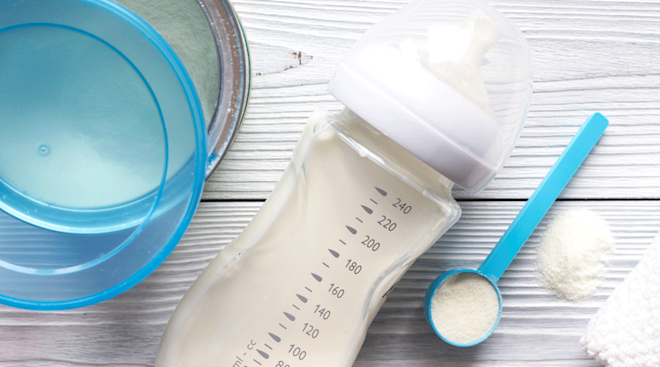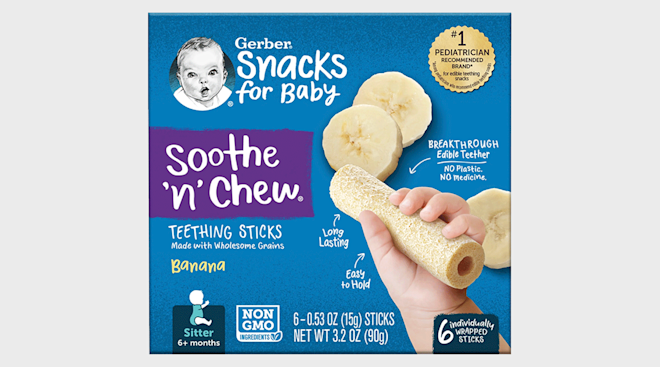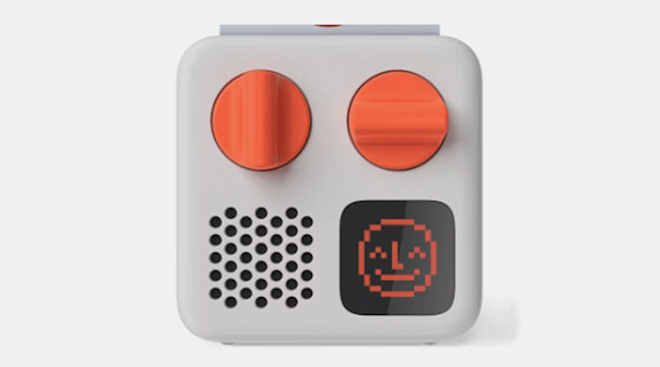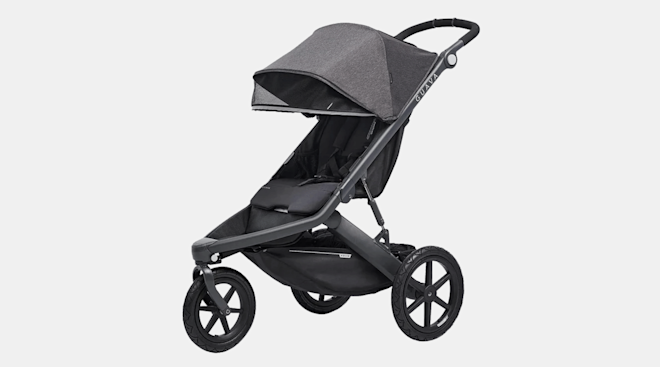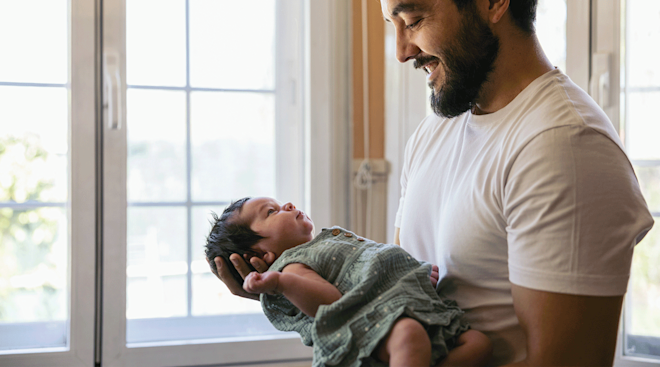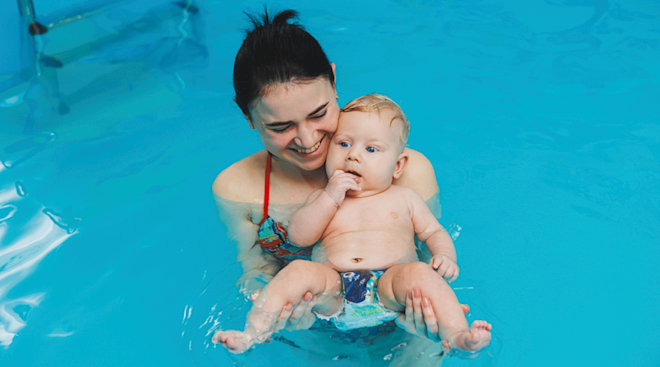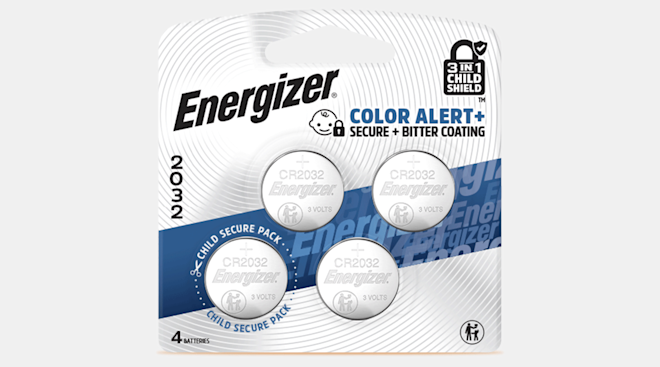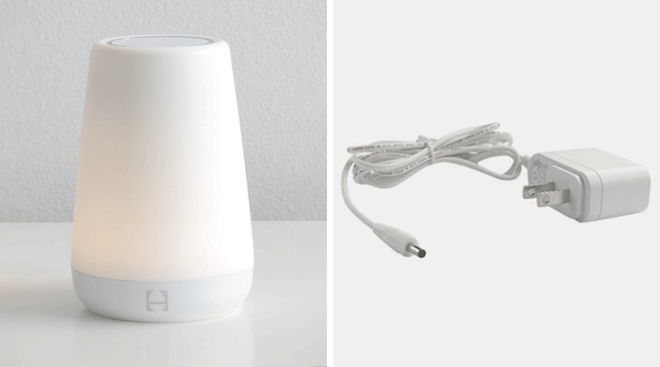9 Babyproofing Mistakes Most Parents Make
Babyproofing the house is a must when you have a baby on the move. After all, you want to do everything you can to keep your little one as safe as possible. “Babies just don’t understand how to keep themselves safe,” says Danelle Fisher, MD, a pediatrician and vice chair of pediatrics at Providence St. John’s Health Center in Santa Monica, California. “That’s why parents need to babyproof and be on top of them every second, especially when they’re old enough to move, crawl and walk on their own.” While you’re likely aware of the obvious safety to-dos, like installing outlet covers and putting a baby gate in front of the stairs, there are a lot of other incredibly important safety steps that probably aren’t on your radar. These are the biggest babyproofing mistakes most parents make—and how you can avoid the same pitfalls.
It’s practically second nature to sip your morning coffee and place it down on the living room table without a second thought—but leaving hot coffee, tea or soup (or anything else that could harm your kiddo) within reach is an accident waiting to happen. “A developmental milestone for infants and toddlers is reaching. And a developmental milestone for toddlers and young children is curiosity,” says Ashanti Woods, MD, a pediatrician at Mercy Medical Center in Baltimore. “The combination of reaching and curiosity will make the likelihood of an injury significantly greater when cleaners, hot coffee and other potential hazardous substances are left within a child’s reach.”
Keep everything far away from the edge of your table and countertops. While you’re at it, cook on your stove’s back burners and keep the pot handles facing the inside of the stove so your child can’t reach up and grab them, says Patricia Garcia, MD, a pediatrician at Connecticut Children’s Medical Center in Hartford, Connecticut. “Toddlers and young children are naturally curious and will go for things you put on counters—they want to see what’s up there!” she says. “Make sure they can’t reach anything.”
They may be a classic symbol of childhood, but balloons actually pose a serious safety concern. “When they pop, they can shred into pieces. All you need is for your baby to pick up this shiny piece of plastic that’s soft and rubbery,” Fisher says. “Balloons shouldn’t be anywhere around a child less than 4 years of age without supervision.” You may have heard that only latex balloons are bad, but any kind can burst and cause potential issues for baby.
Always keep a careful eye on baby when they’re around balloons. (You might even find yourself picking up balloon bits on the playground where your little one is playing, since they’re surprisingly everywhere.)
Having backup batteries in the house is handy for you, but take take extra precautions to keep them well beyond baby’s reach. They can look like toys or even treats to your child, and they can be deadly. “Batteries are sometimes shiny and they’re small enough to fit in a baby’s hand as well as in their mouth and down their throat,” Fisher says. While all batteries are dangerous, button batteries are especially scary. “Button batteries in particular corrode very, very quickly,” she warns. Given that they’re smaller than other batteries, they’re also more likely to be swallowed—and Wood says a swallowed battery can cause significant damage to a child’s esophagus, stomach or intestines. It can even kill a child within a few hours, Garcia warns. If you think your child may have ingested a button battery, head to the emergency room immediately.
When babyproofing your house, keep batteries high up and out of your child’s reach. Instead of tossing old batteries into your household trash can, where your child might fish them out, Garcia suggests throwing them out directly into your outside garbage container. As for household items that contain batteries, like remote controls, Fisher recommends putting a layer of tape over the battery case to make sure it stays shut.
It might be tempting to come home and toss your bag in the corner, but your purse should never be left on the floor, Fisher says—and that goes for bags of any guests who come into your house too. Children can easily access choking hazards like coins and candies, as well as sharp objects and chemicals (in things like hand sanitizers), Fisher says. Not only that, as Garcia points out, purse straps can also be a strangulation hazard. Keep all purses and bags on a dresser or table away from the edge and out of little hands’ reach.
In 1978, the US government banned the use of lead-based paint in homes. Research has shown that lead-based paint can cause severe health problems, especially in children under the age of 6. While this isn’t an issue if your house was built after this date, it can be if you have an older home.
Fisher recommends having your house tested for lead paint and, even if the paint on your walls is fresh, doing a thorough inspection of the paint job to make sure every inch of old paint is covered. You’ll also want to have your child tested for lead exposure. “Lead paint is dangerous, so it’s important to make sure your child’s lead level is checked at 12 and 24 months of age,” Garcia says. “If your pediatrician doesn’t offer this test, ask for it.”
“Pet food can look like snacks such as nuts or chips, and the curious mobile infant or toddler will almost certainly give the pet’s food a taste,” Woods says. Your child will probably be okay if they accidentally ingest a little pet food, Fisher says, but it can pose a choking hazard. Your pet might also feel territorial over their food area and could lash out if your child gets too close, Garcia says. Water bowls are also a safety concern, since kids can drown in even a few inches of water. Put food and water bowls up when they’re not in use or, if your pet is a slow eater, have them eat somewhere your child can’t get to.
It can be tricky to completely segregate all toys in your house, but it’s important to keep in mind that toys for older children can have small parts that are a choking hazard for young children. That’s why Garcia recommends creating a baby-only space where your younger child can enjoy their toys—and only their toys. “Using a playard allows for a safe space for the baby,” she says. Small, easily swallowed toys like building bricks should also be stored in a special bin with a tight lid, Fisher says.
Checking the temperature of a bathtub before your child gets in it is crucial. “If you burn your baby putting them in the bath, you’re going to feel horrible,” Fisher says. She suggests using your elbow as a gauge, rather than your hand, because the skin can be a little more sensitive there.
You also have some control over how hot the water coming out of your faucets can get thanks to the settings on your water heater. That’s why Woods recommends setting your water heater to no higher than 120 degrees to help prevent burns.
You already know you shouldn’t ever leave your child unattended in the bath, but “water is more than just baths,” Garcia points out. Your toilet might not seem like much of a threat, but it has enough water for a child to drown in. “Toilet lid locks are really important and worth the investment, especially once your child can open a door,” Garcia says.
If you haven’t followed all of safety to-dos on this list yet, don’t panic—it’s never too late to do another round of babyproofing!
Published June 2019
Please note: The Bump and the materials and information it contains are not intended to, and do not constitute, medical or other health advice or diagnosis and should not be used as such. You should always consult with a qualified physician or health professional about your specific circumstances.
Plus, more from The Bump:
Navigate forward to interact with the calendar and select a date. Press the question mark key to get the keyboard shortcuts for changing dates.


































